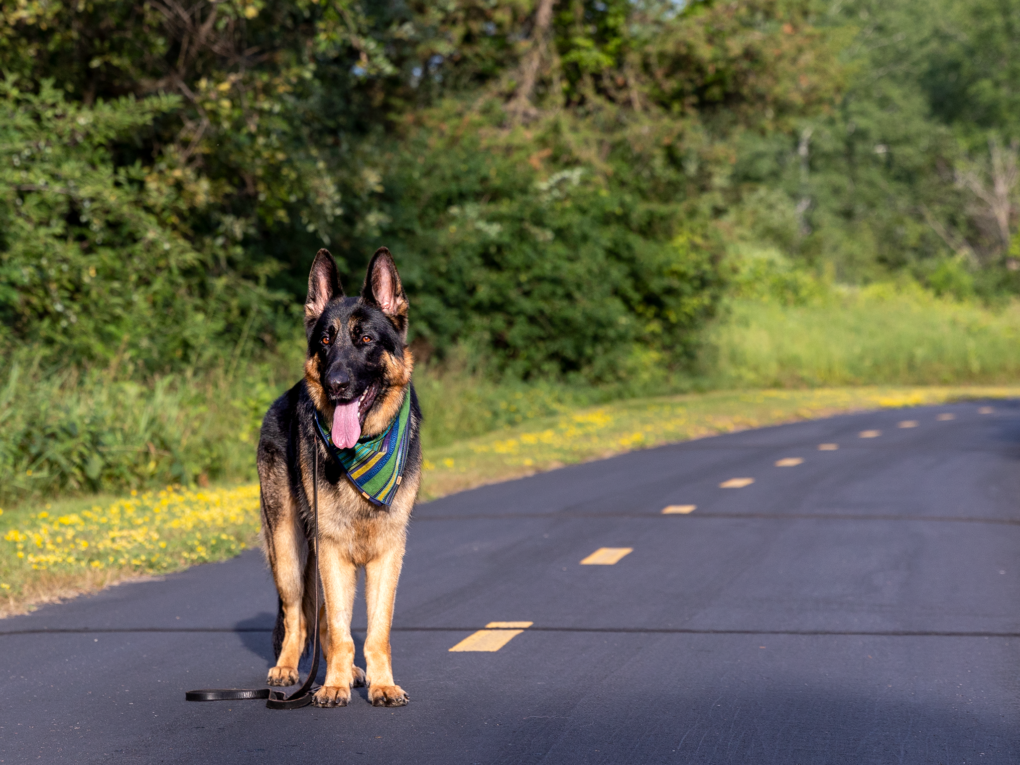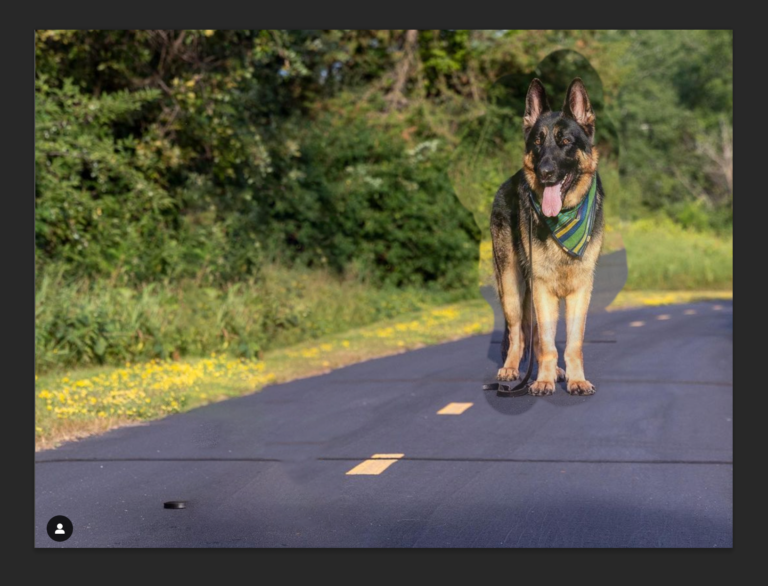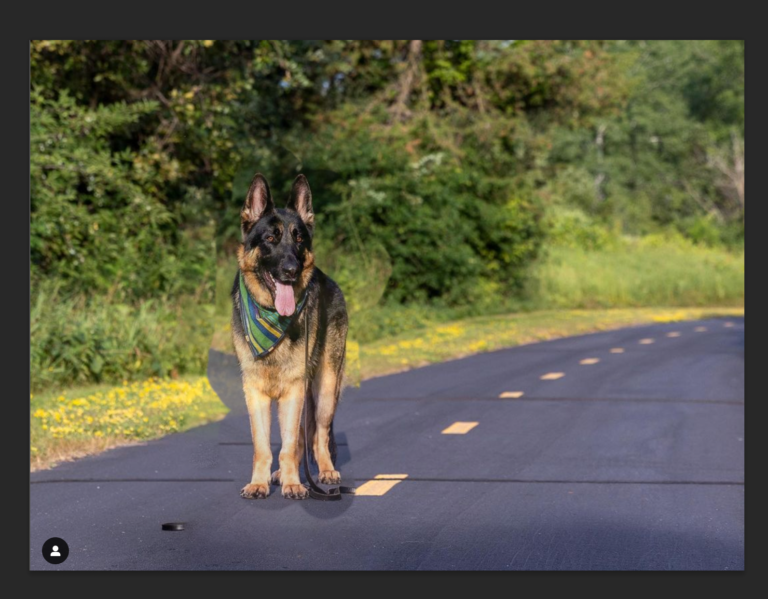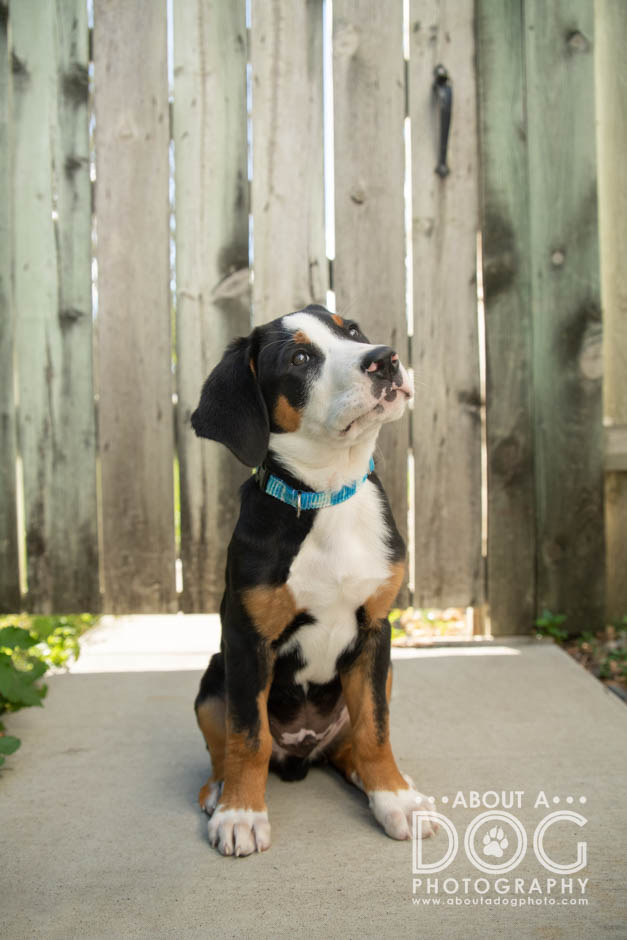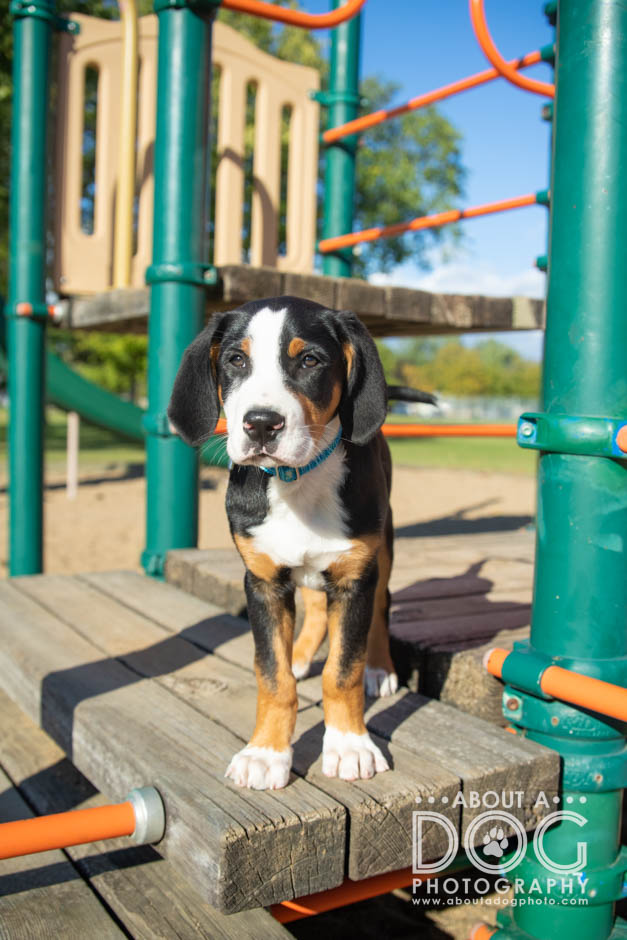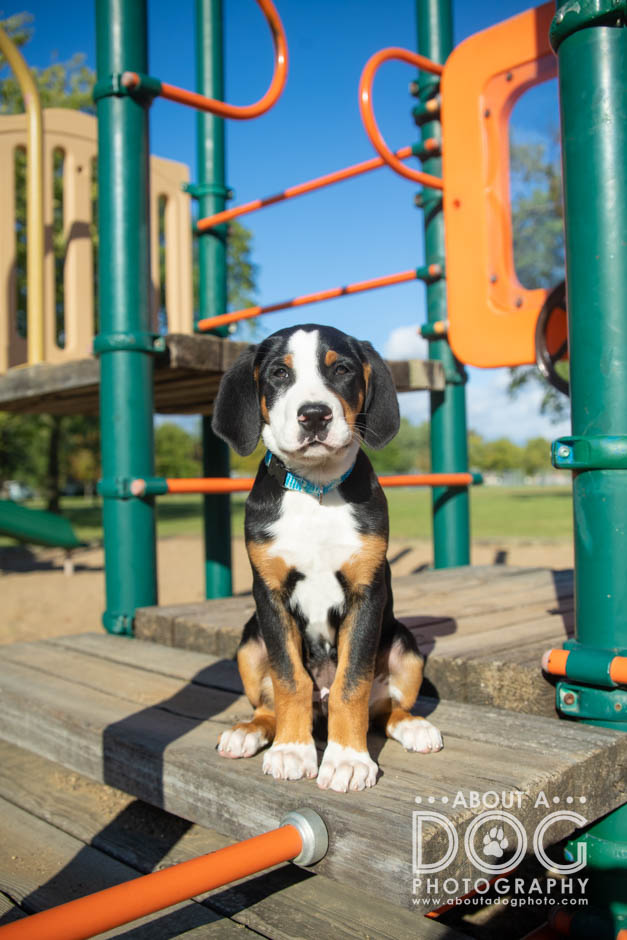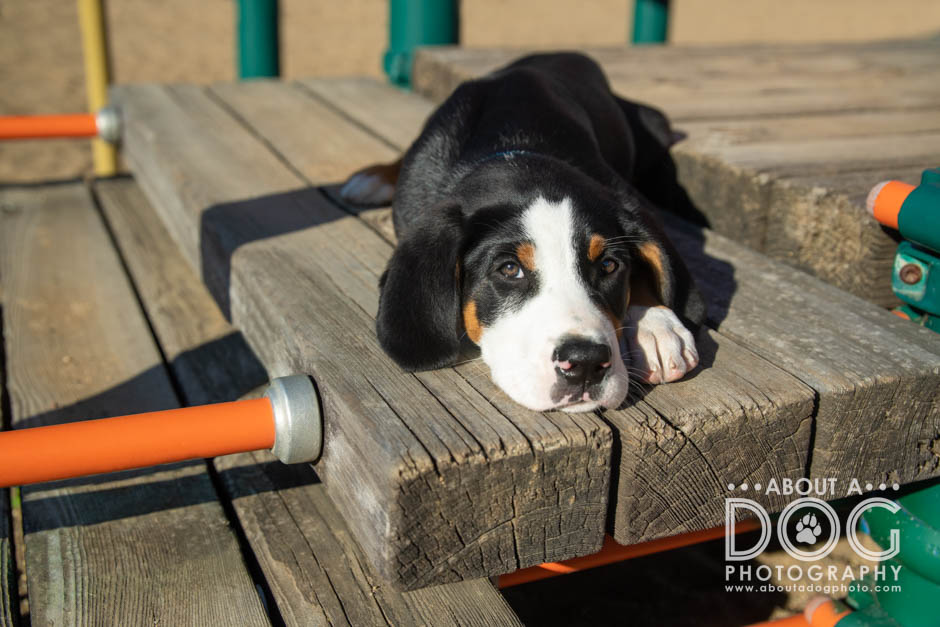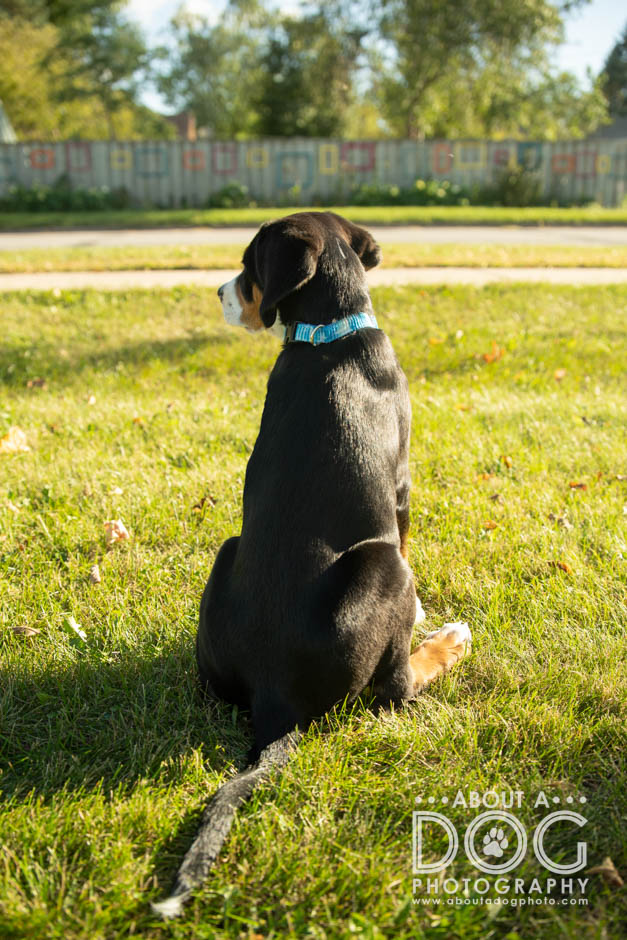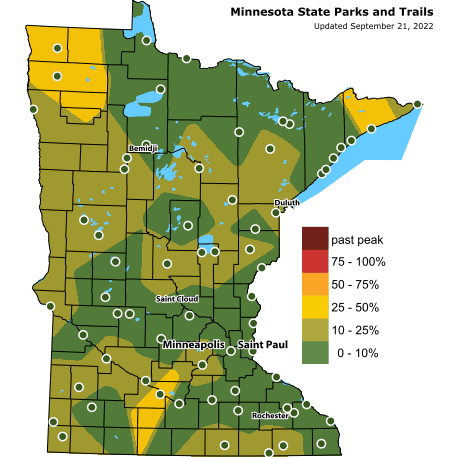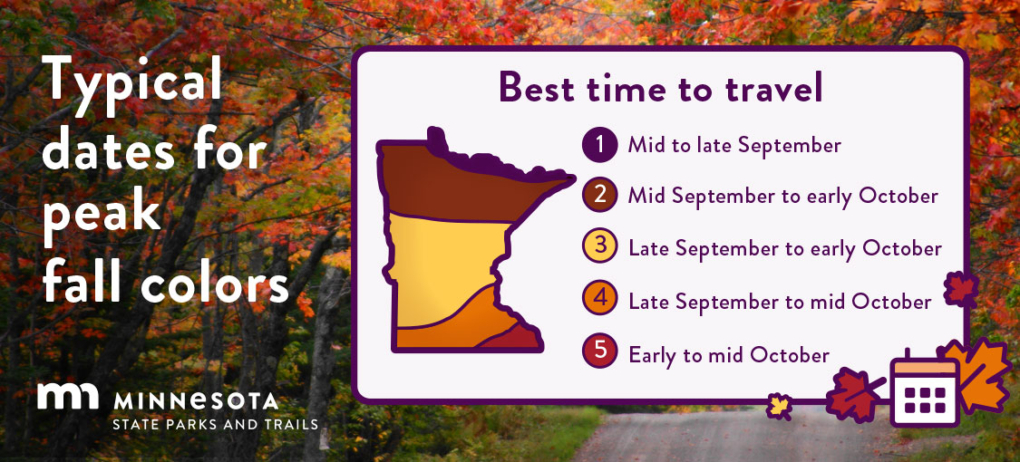The last fall update of September!
A lovely day today, with full furnishings in the feeling of fall as September nears it’s end (Saturday marks October 1st).
The weathermen have been noting that fall colors may be a bit later this year, but ought to be rather showy. The cool then warm temps from this past week into the weekend will be the main fall color influences.
Here’s the map:
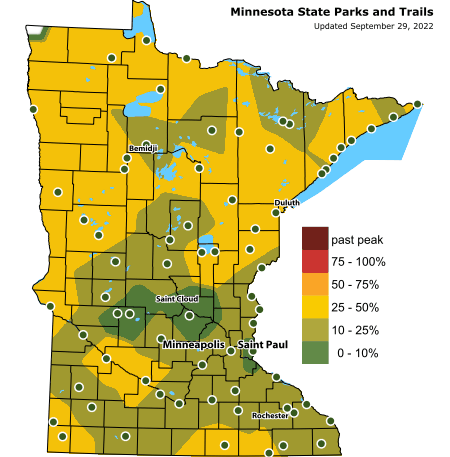
WOWEE! Ladies and gentlemen, we are on the way to peak colors! Up north looks like it’s pushing into peak and with a warm weekend to ring in October, this might be the time to head to the north shore for a fall color day trip. And don’t forget, Duluth has tons of dog friendly things to do!
Can’t get up to the north shore? Then take advantage of one of the other 66 state parks throughout the state!
The daily drive from Paynesville to St. Cloud is starting to get hints of color change, though most of the trees as still sporting solid greens. There’s a tree in a park near our house that always gets the early memo and is nearly 3/4 color!
Only 1 more fall color session left on October 16th! Contact me if you’d like to call dibs!
Blue is getting bigger & braver! Classs #2 & #3 have him engaging with the other puppies along with the other owners. His main motivator is food though and he prefers to clean up the floor before he engages with the puppies. He’s starting to get distracted during class – not really by the other puppies but by the fact that every other person in the room has treats.
Round 3 of puppy shots will be October 1st and upon the clear of the vet, we will be able to head out and about to more parks as well as make intros with more dogs!
Been busy and haven’t gotten Blue out with the fancy camera, but I have been taking phone pictures like crazy! He’s figured out how to climb in the glider rocker and has taken over the cat tree. He thinks cat toys are awesome and managed to chase Lily a bit, she was not thrilled.
Rocker picture is from today, sweater pictures from yesterday! He’s getting big!
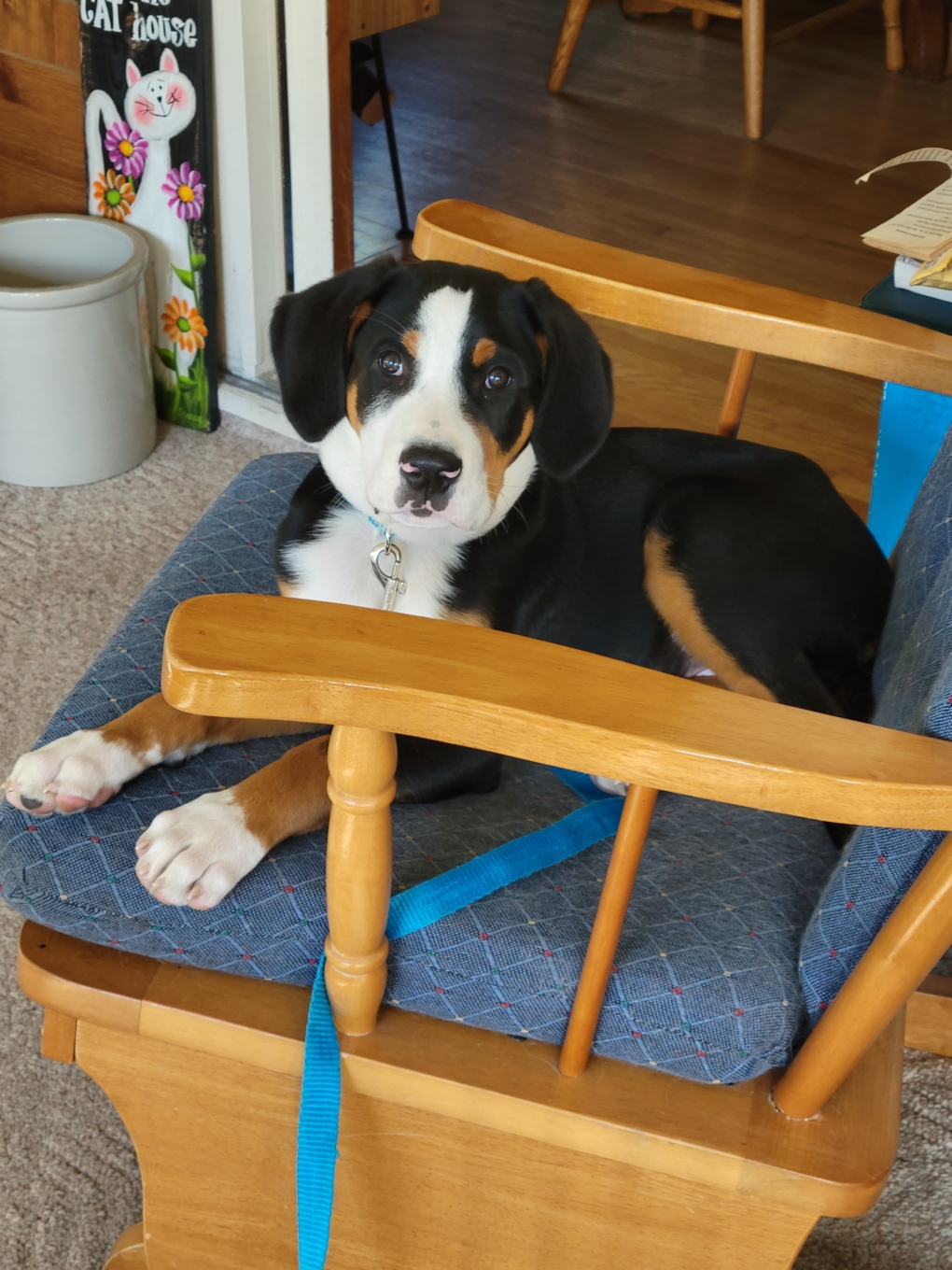
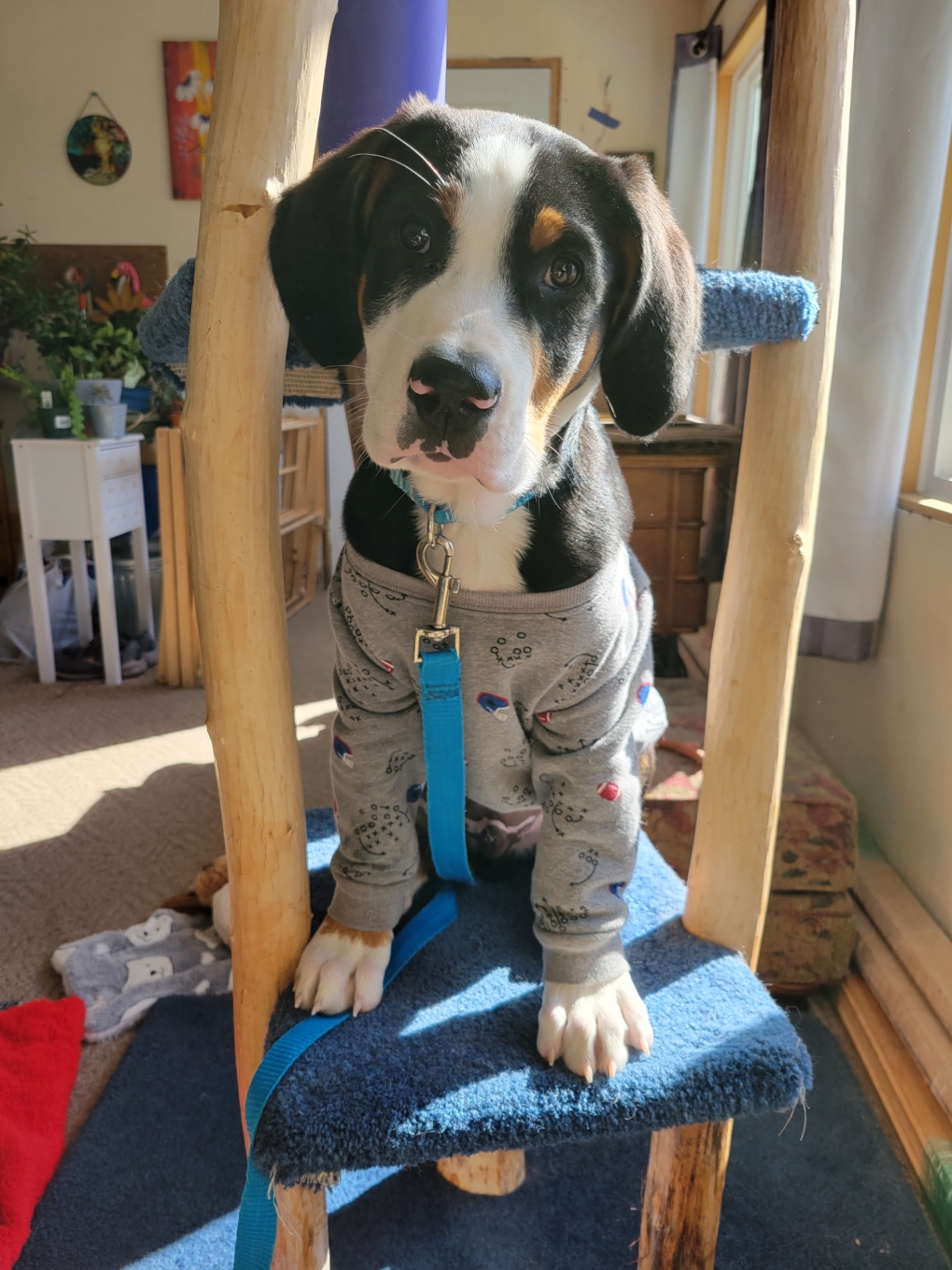
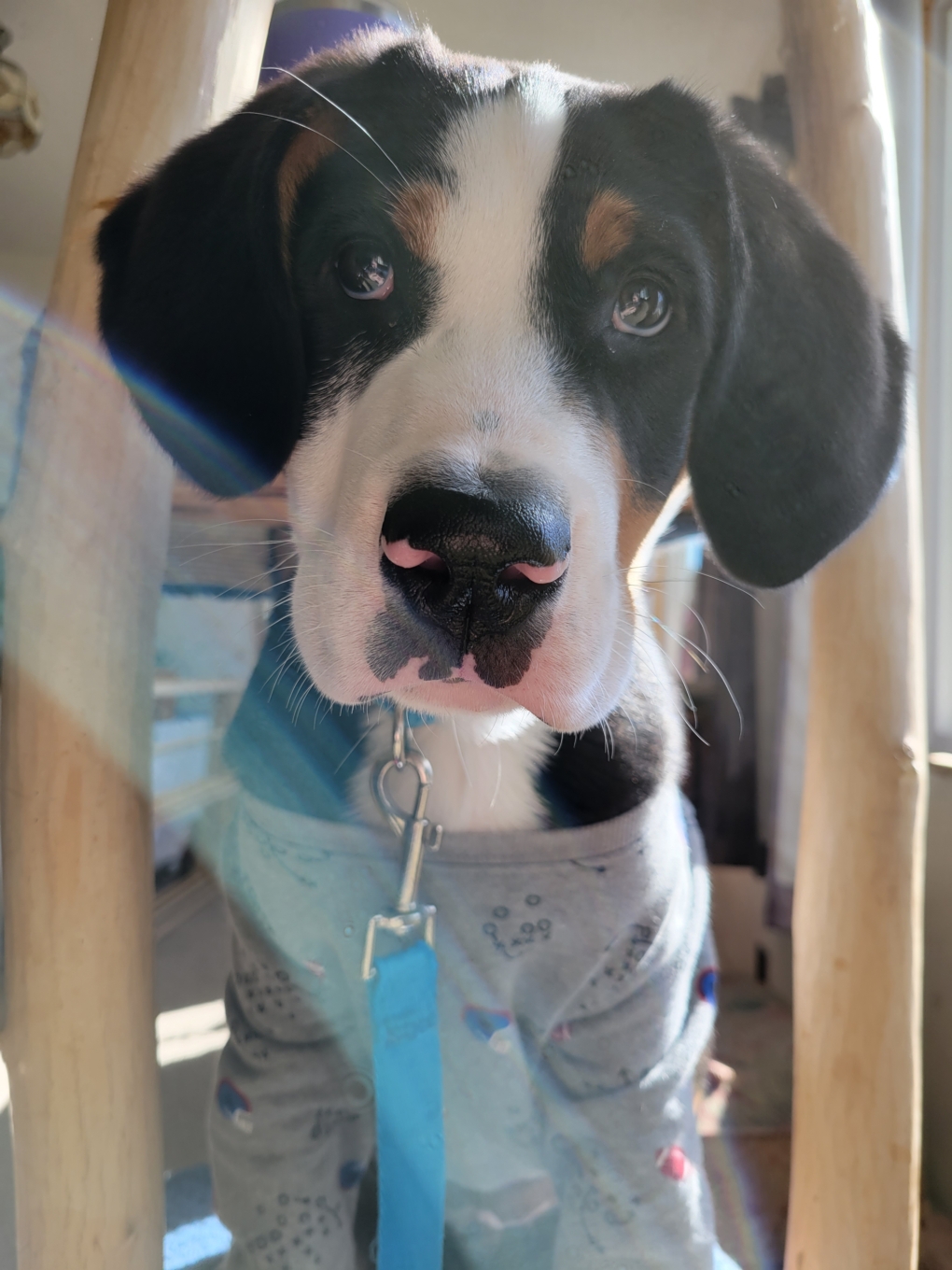
Halloween is getting closer! EEEEEEK! I rather love Halloween and it will be Blue’s first! Not sure if we’ll just stay home and hand out candy or if we’ll be adventuring out to observe the various costumed hordes. Being that Blue is shy, it may be best to just stay home and hand out candy.
Being in a Halloween mood, I’m looking into vintage Halloween party ideas, recipes and decoration ideas. Plus I need to figure out a costume…
Catch you next week with the update in the fall colors!
The last fall update of September! Read More »

